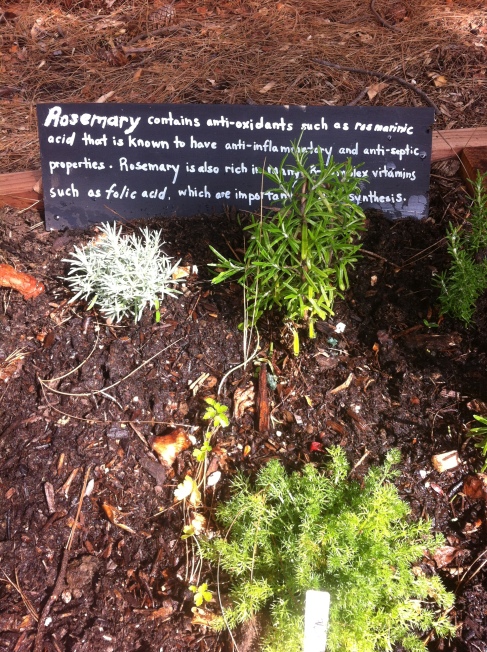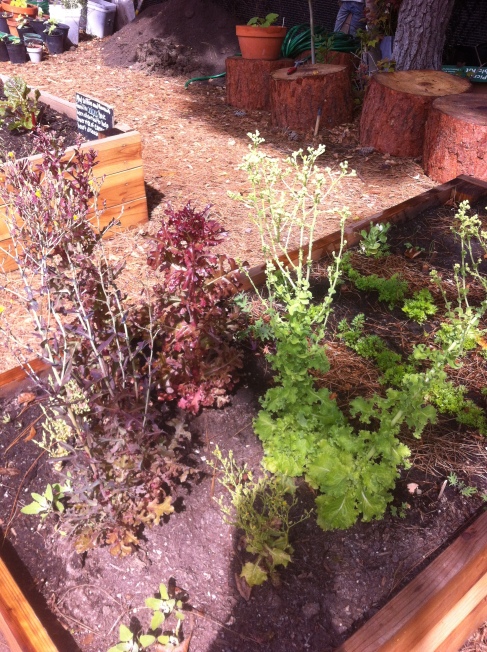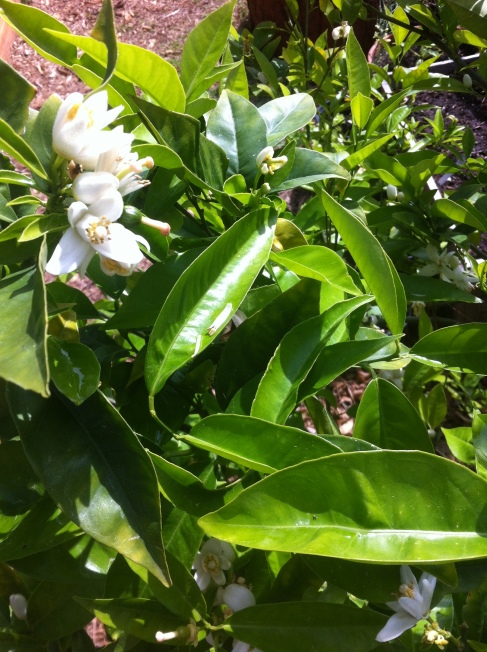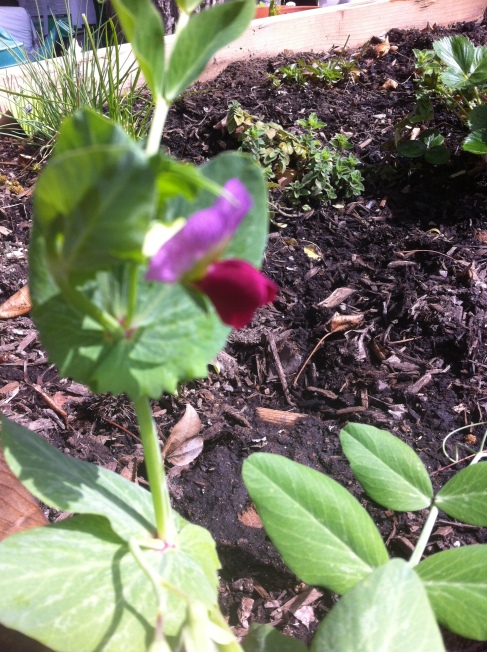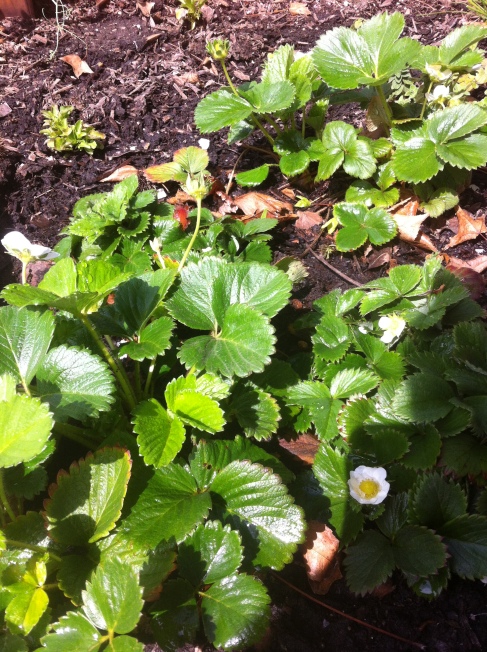Black Rice by Judith Carney
Posted: March 22, 2013 Filed under: Book reviews Leave a commentby Ellen Bastrmadjian
“Black Rice” is a poignant retelling of the origins of one of the most critical crops in America today. Contrary to popular belief, rice was not introduced to the Americas by European settlers and slave traders, but by the slaves from West Africa. On the African continent “The Rice Coast,” which spans from Senegal in the north to Liberia in the south and east to Mali, is where rice has traditionally been grown for over two millennia. Carney begins by presenting historical evidence that cites rice cultivation in Africa through documents written by European explorers. She then delves into the history of rice cultivation in Africa, detailing landscape and climate conditions, specialized tools, and traditional gender roles. Carney switches gears and begins to discuss the introduction of Oryza glaberrima, or African rice, into the Americas – namely what is today South Carolina, where rice production was highest. She attributes this production to the indigenous African knowledge system, possessed by women in particular, that was transferred through the Middle Passage. She discusses the similarities in rice cultivation between the Rice Coast and South Carolina, such as similar gender divisions and climate/landscape conditions. Lastly, she presents her main argument, which is that rice was introduced by African slaves and discusses the legacy of that cultivation in the Americas of returning to Africa after slavery was abolished.
Judith Carney is a distinguished professor of Geography at UCLA. Her interest in the agricultural exchanges during the Columbian period and beyond influenced “Black Rice” – expanded from several published articles.
Carney has substantial evidence to back her claims with a range of information from primary documents to scientific and technical information. The wide range of evidence definitely legitimizes and makes the information interesting. She presents additional evidence and information through photographs, diagrams and maps. The unexpected visual aspect compliments the text perfectly and piques the reader’s interest in the subject. Carney’s emphasis on women’s role in the history of rice cultivation is refreshing in a field where contributions made by members of the female sex are typically overlooked in a historical context.
Carney recognizes the significance of food, which according to her, is not merely a form of sustenance but a form of cultural expression and identity. For example, she argues that the proper preparation of rice was created by African women. It is a history that is very much entwined with several other histories – slavery, the New World discovery, white supremacy, etc. Carney effectively contextualizes all of these aspects and turns something as simple as the introduction of a species on a new continent into a compelling tale.
The book is well-written and contains interesting and novel information, however, it becomes repetitive as the same information is stated several times. Facts such as slaves being able to barter a shorter work day by offering cultivation knowledge of rice and the conditions of rice cultivation are mentioned several times, using identical wording. If you are deeply interested in the exchange of rice from one part of the world to the other and all of the social, cultural and economic implications of that exchange I would recommend this book. If not, it might be easier to read the several published articles Carney has written about the topic for a more concise overview of the topic.
Carney, Judith Ann. Black rice: the African origins of rice cultivation in the Americas. Cambridge, Mass.: Harvard University Press, 2001. Print.
Garden Visit 3/20
Posted: March 20, 2013 Filed under: Uncategorized | Tags: watering Leave a commentHello all! I visited the garden today to water the plants and seedlings and make sure everything was all right.
I saw that many of the tomato seedlings had been transplanted into the beds and had established themselves quite well!
I really like the addition of the educational signs about the plants growing in the garden – they have some interesting and useful info about which plants can be planted together and also some nutritional information, like vitamin content. They make the garden seem even more organized and aesthetically pleasing than it already is!
Plants are blooming and bolting and it’s all beautiful! I saw some new strawberries, many citrus blooms, baby blueberries and pea greens (those things grow fast!). Can’t wait to visit again after spring break and see the progress.
One thing that might be troublesome is all the pinecones on the ground – they make it difficult/potentially dangerous to walk around. I cleared some out of the way.
If you’re going to be in westwood over spring break please stop by to water the garden!
February 28 – Watering
Posted: February 28, 2013 Filed under: Uncategorized | Tags: watering Leave a commentHey everyone!
Today I got to the garden around 3pm. Someone had just watered before my arrival but some of the beds looked dry already so I made sure to give them a second round since it was such a hot day!
I’ve noticed that the cabbages with curled up leaves have lots and lots of little white/gray bugs all over them. Is this normal? I forgot to take a picture, maybe the next person doing the watering can get one.
I also noticed that someone had planted a few sugar snap pea seedlings!
The leaves are completely edible and have a mild pea taste – they are great on their own, in a salad or even a stir-fry! I’m excited to see these grow. (:
There are a couple of these pea plants that have sprouted from the sides of beds, down on the ground. Since we can’t transplant them (I don’t think) we should try to help them grow upwards by putting sticks or other objects in the ground for the plant to wrap around.
Overall, everything looked good! I cleaned up the beds a little bit – picking out giant pine cones and spiky balls. The bees are still there and having a ball. It was fun/scary watching them unanimously erupt into the air as I watered the sprouts.
Strengthening the Roots 2013 Community Seed and Food Justice Summit
Posted: February 6, 2013 Filed under: Uncategorized Leave a commentHey everyone!
My friend told me about this summit happening in Santa Cruz and I’m really interested in going! Wanted to let all my fellow classmates know (if anyone is interested let me know! My email is e.bastrmadjian@gmail.com. Maybe we can carpool!)
“Join us for a weekend-long student organized event that brings together students, community members, seed savers, gardeners, farmers, and food justice activists to share skills and resources while building face to face relationships with one another.”
More info here:
http://www.facebook.com/events/114721822026138/
1.24.13 Garden Visit
Posted: January 24, 2013 Filed under: Watering Leave a commentEllen Bastrmadjian
Today I visited the garden around noon to check on the plants and make note of their progress. Since it had been raining all morning all of the beds and potted plants along the perimeter were saturated with water, so I did not water them. I examined most of the plants and all seemed to be doing well. The seeds we planted just a week ago have mostly sprouted with the exception of the carrots. I noticed a few bugs crawling around as well as fallen leaves from the trees above – all good signs that we have/will have rich soil!
I noticed that the lettuce plants were doing very well and had full leaves. Later, Professor McKnight told me that they are “bolting,” or going to seed, which means they should be harvested! So if you’re going to be in the garden tomorrow or in the next few days feel free to take some lettuce leaves.
I got a chance to really look around and found out we have lemon trees and blueberry bushes growing in pots – exciting! I also noticed plants growing in old drawers.

Plants growing in dresser drawers

Young Meyer lemon tree and blueberry bush
Being in the garden is giving me lots of inspiration for starting my own gardening projects. I’m learning that plants are really very versatile.

